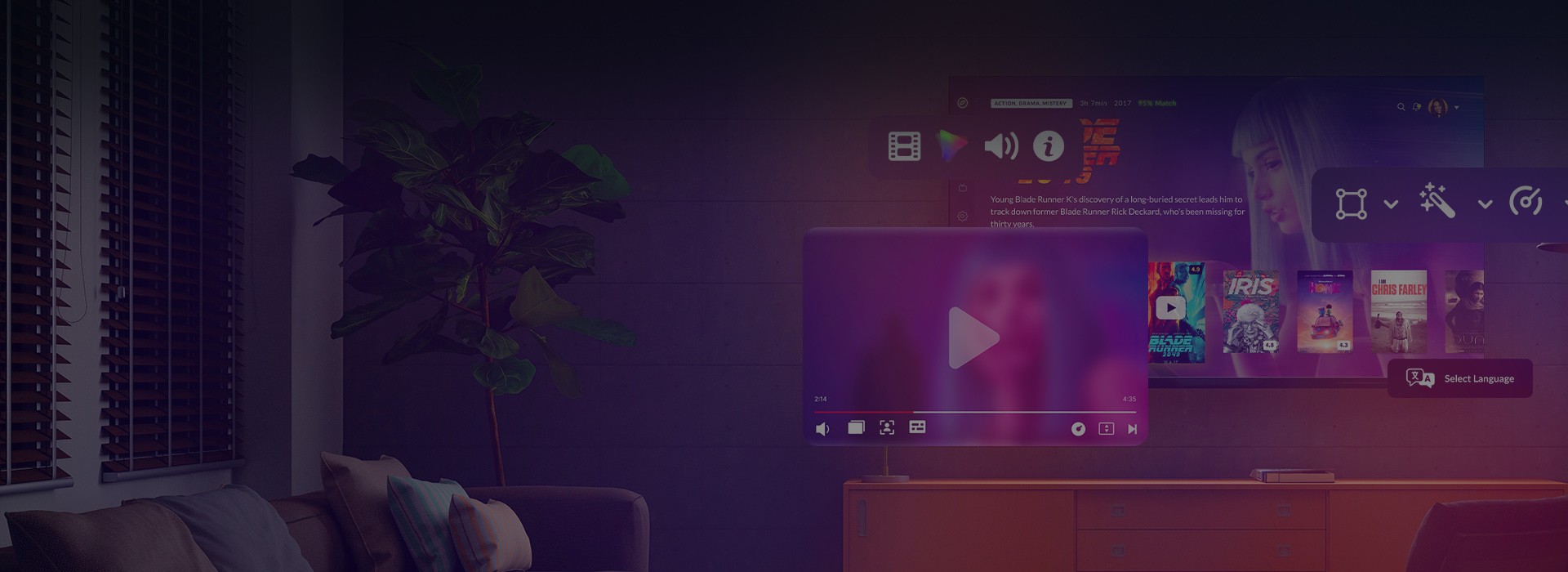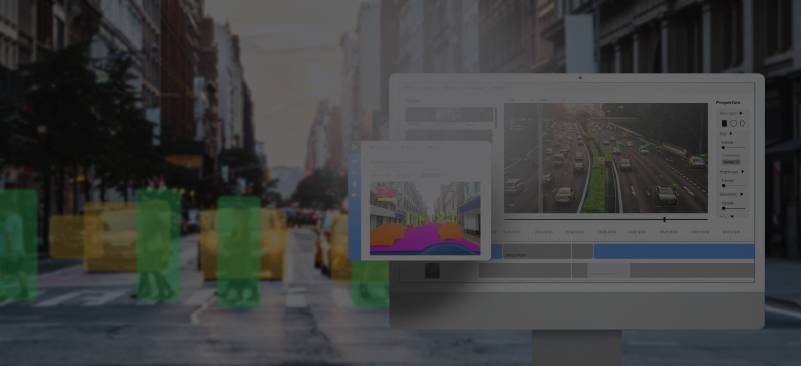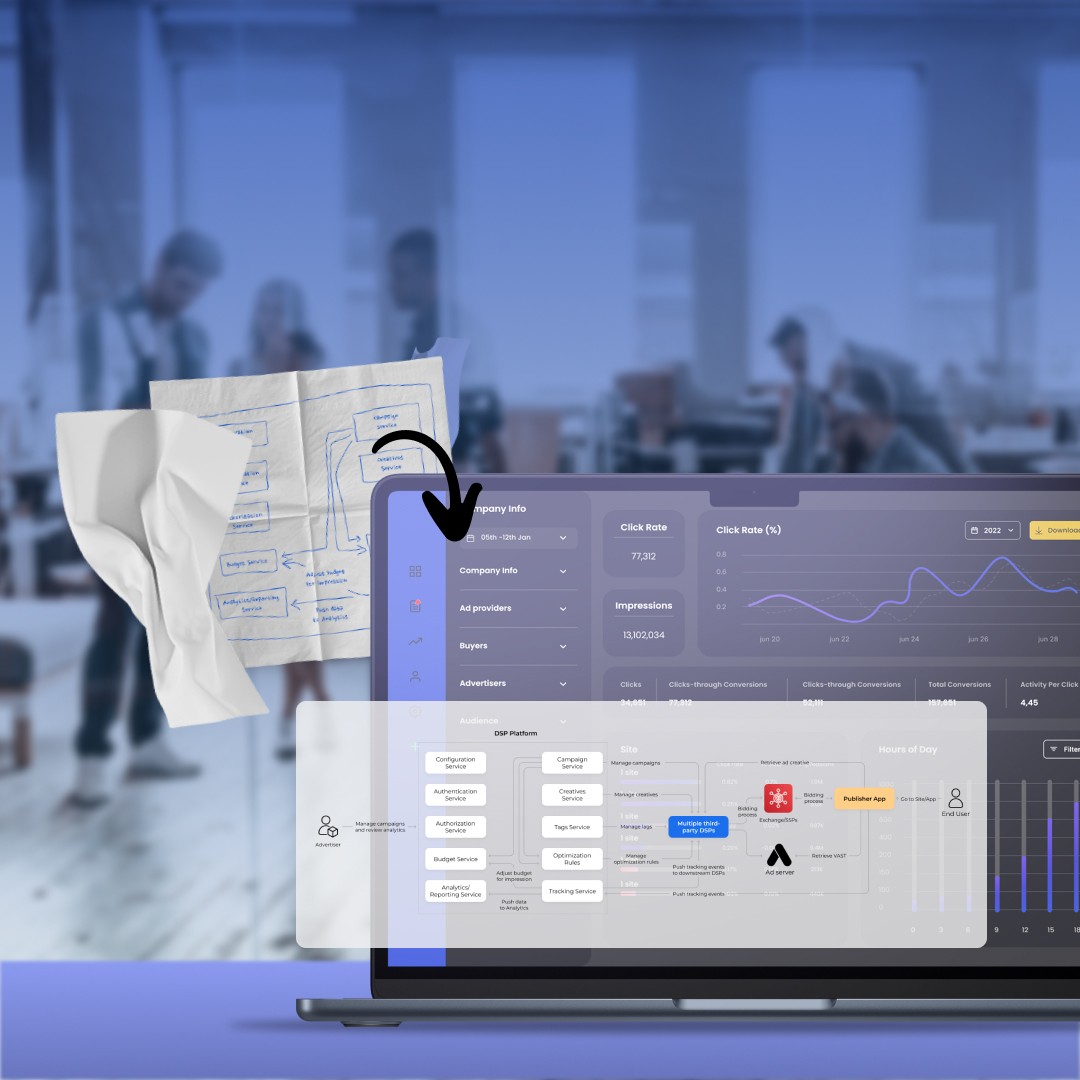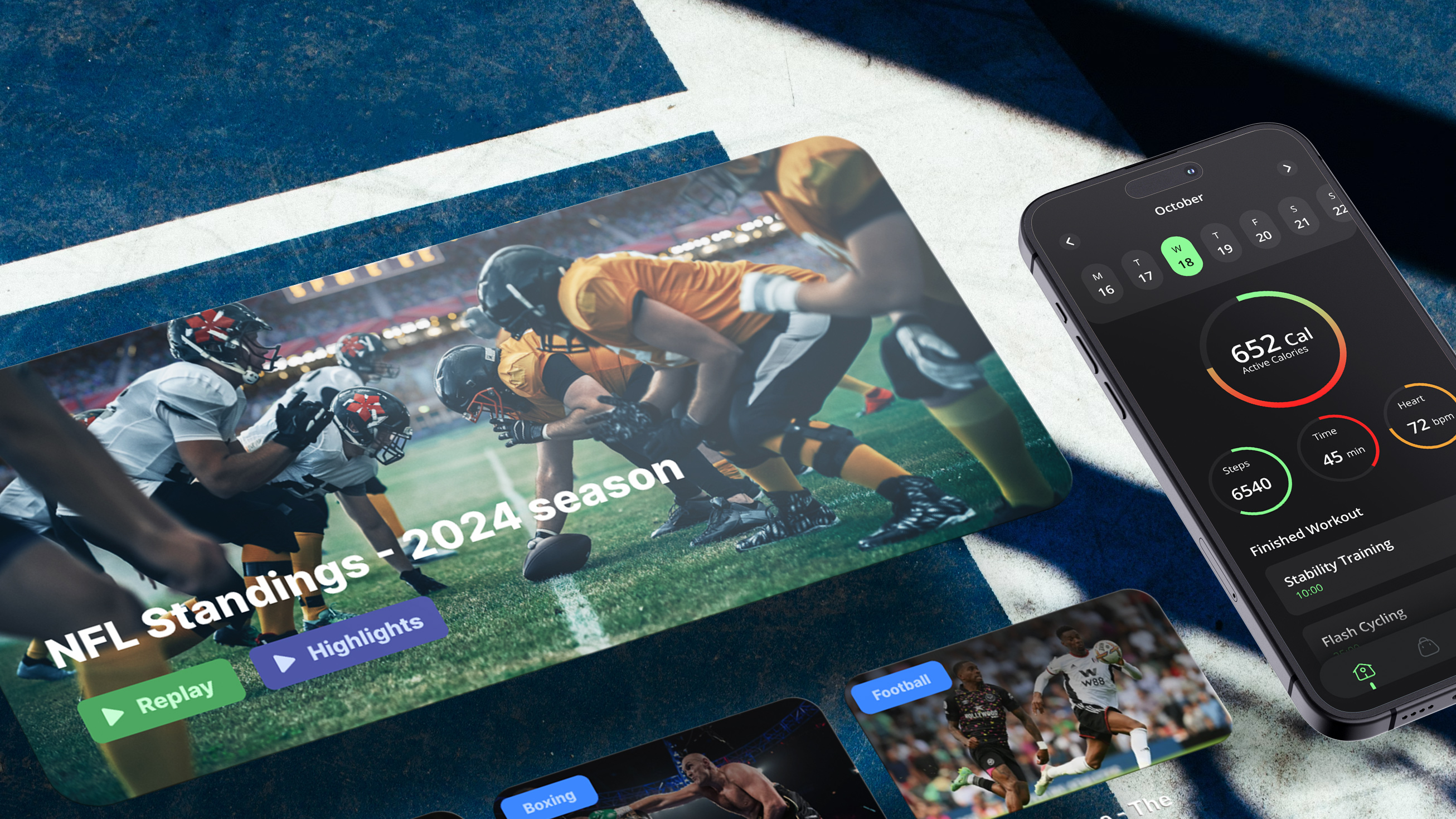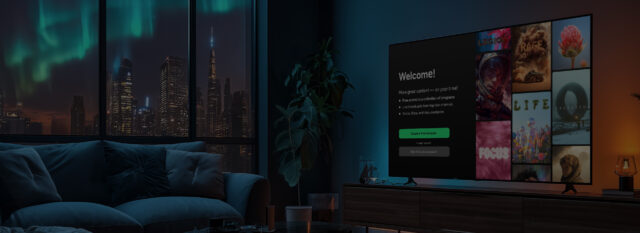We often get requests such as “Build me a streaming platform like Netflix”. But what exactly does that mean? What features and technologies are really needed? And is building everything from scratch always the best choice?
In this article, we’ll explain what a Netflix-like platform looks like from a technical perspective, highlight its key features, and show a more cost-effective alternative using a real custom VoD development example. We’ll also walk you through the main steps of developing such an app, so you know where to start and what to focus on.
Table of contents:
Why the Netflix model works
Netflix is one of the world’s most successful OTT (over-the-top) platforms — services that deliver video directly over the internet without traditional cable or satellite operators. This model makes content accessible anywhere, on any device, and at any moment the viewer chooses.
At the heart of this success is the VoD (video on demand) approach. VoD lets users decide what to watch and when, without being tied to a broadcast schedule. Compared to live streaming, it offers far more control and convenience, from starting a show whenever you want to revisiting favorite scenes.
Why VoD works for content owners and streamers:
- Always-on availability — Content stays relevant and viewable long after its initial release
- Full content control — Easily update, edit, or optimize videos after publication
- Revenue flexibility — Monetize through subscriptions, ads, or pay-per-view
- Lower live-streaming load — On-demand views don’t consume live broadcast bandwidth
- Robust content protection — DRM and secure access help prevent unauthorized use
Why viewers prefer VoD:
- Convenience — Watch at the exact time that suits them
- Multi-device access — From smartphones to Smart TVs
- Personalized experience — Recommendations based on viewing habits
- Instant start — No need to wait for a scheduled broadcast
Ready to build your Netflix-level VoD platform?
Deliver TV-quality experiences, monetize content using sound OTT business models, and scale across devices with Oxagile’s end-to-end VoD development services.
Key features driving Netflix’s success
Netflix owes its global popularity not only to its impressive content library, but also to a finely engineered streaming ecosystem. If you want to create an app like Netflix, focusing on scalability, personalization, and cross-device availability is essential, as these features have set the industry benchmark.
Personalization
One of the most powerful aspects is personalization. Netflix’s recommendation engine analyzes viewing behavior, audience segments, and preferences to suggest exactly the right content at the right time.
In our projects, we apply deep data and AI expertise to achieve the same level of accuracy — tracking user behavior, identifying tastes, and using data segmentation and visualization. It allows to create personalized collections, carousels, and navigation paths that match individual viewing habits.
Multi-device experience
Availability across an array of devices is equally important. Netflix offers client applications for smartphones, desktops, and Smart TVs, ensuring that navigation is intuitive and content is easy to find on any screen.
Applying smart and easy VoD app configurations for scaling to multiple devices, we also increase the number of happy viewers by:
- Enabling fast navigation and discoverability
- Mastering audience micro-segmentation for ultra-personalized recommendations
- Driving viewer engagement through features like polling, interactive elements, and AI-driven highlights
Other tech behind Netflix
Technically, Netflix runs on a microservices-based backend hosted in the cloud, with over a thousand services handling everything from authentication to billing and transcoding.
Its CDN Open Connect delivers content from servers close to viewers, minimizing buffering and delays. High-quality playback is maintained through adaptive streaming, adjusting resolution in real time to match network conditions, and multi-device synchronization, so viewers can switch screens without losing their place.
Behind the scenes, robust content protection is ensured via multi-layer DRM integration (Widevine, PlayReady, FairPlay), while continuous telemetry and analytics help improve streaming quality and user satisfaction dynamically.
This comprehensive set of cutting-edge technologies makes Netflix a market leader — and these are exactly the types of features we successfully implement in our projects.
Case in point: Boosting engagement and revenue with a multiscreen OTT solution
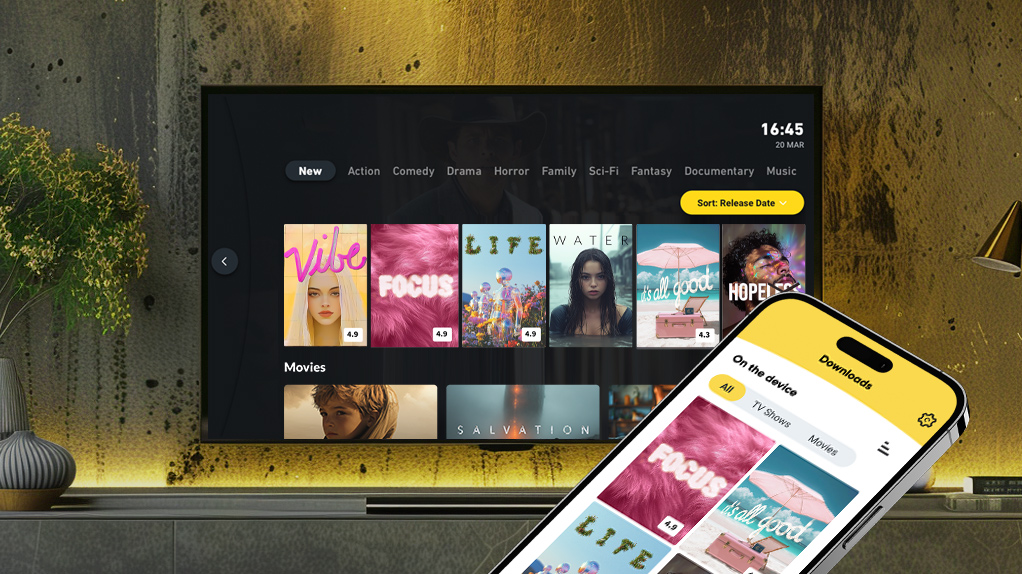
For a leading European telecom operator with 80M+ viewers, Oxagile (together with Kaltura) built a multi-screen OTT and IPTV solution covering Smart TVs, mobile, and web. The platform featured offline binge-watching, interactive EPGs for 200+ channels, advanced parental controls, QR-code payments, and AI-driven recommendations.
Optimized for low-end devices and backed by 60% automated QA coverage on Smart TVs, the solution ensured smooth performance under heavy load, boosted engagement, and helped reduce churn while increasing ARPU.
Out-of-the-box or custom-built?
If you’re wondering how to make a movie app like Netflix, there are several common approaches. Let’s go over the pros and cons of each.

As such, custom-built VoD services offer many advantages. They allow you to start small and grow alongside your audience without heavy upfront investments in physical servers, thanks to cloud technology.
Your content can reach viewers on a wide range of devices — smartphones, tablets, Smart TVs, and gaming consoles. Robust security features like DRM, tokens, encryption, and location restrictions keep your videos protected.
Additionally, adaptive streaming adjusts video quality based on the viewer’s internet speed and device, while global CDNs ensure smooth playback even during high traffic.
APIs let you connect easily with CRM, analytics, payment systems, and content management tools to help with monetization and reporting. AI-powered recommendations help keep users engaged by suggesting content they’ll like. Besides, turnkey solutions make launching and managing the service easier and faster.
In short, a custom VoD platform gives you control over your content, lets you grow smoothly, offers a great user experience, and helps you make money.
But here’s a situation we see a lot at Oxagile: Telecom companies want to add a streaming subscription to their existing services. Building a Netflix-level platform from scratch is expensive and takes time, but they want something similar that fits their brand and appeals to their loyal customers.
For cases like this, when you’re considering how to develop an app like Netflix, we have a great solution — a modular OTT app that is easy to customize and match to your branding. It works well on many devices and can be launched quickly because of the shared business logic. And best of all, it costs much less than building a Netflix-style platform from zero.
Case in Point: Modular OTT app for telco streaming services
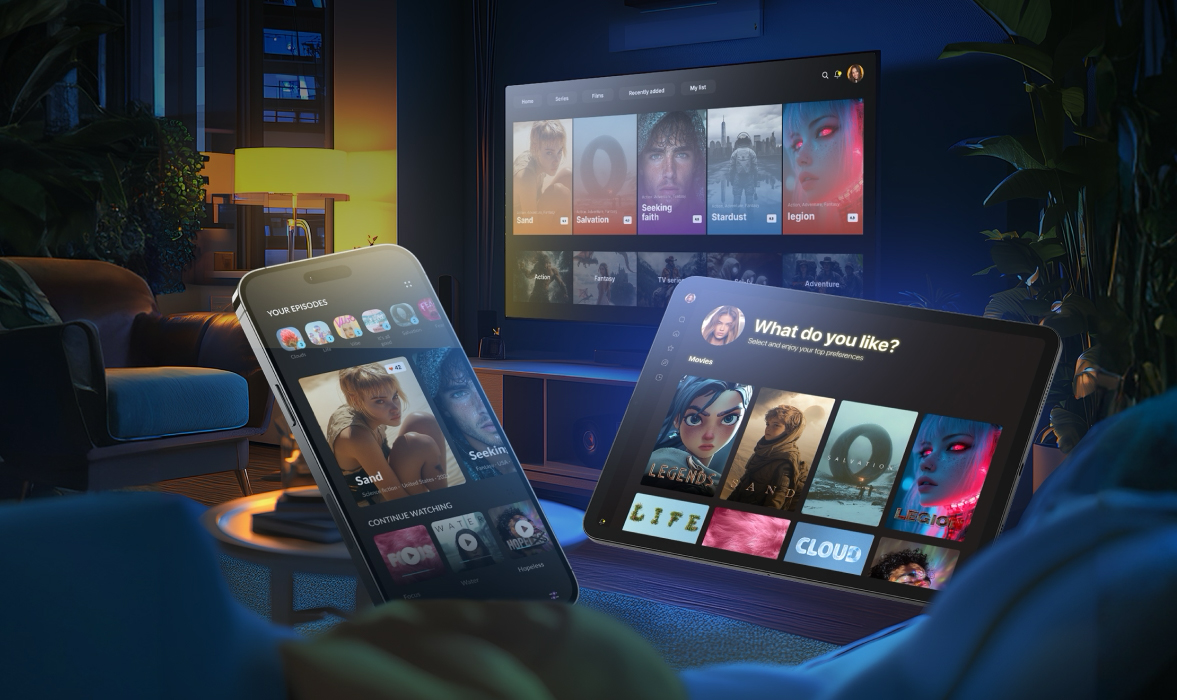
Oxagile developed a fast, configurable OTT app covering 13 platforms and 25 devices, helping telcos add branded streaming subscriptions quickly and cost-effectively.
Step-by-step process to build an app like Netflix
If you’re wondering how to create a streaming app like Netflix — whether to build it from scratch or customize an existing platform — here’s a straightforward guide to help you get started.

1. Define your app development needs
Decide what fits your goals best: creating a fully custom streaming app or adapting a ready-made solution. Building from scratch gives you total control over features, content, and performance, but it takes more time and resources. Using a white-label platform can speed up launch and reduce costs but offers less flexibility.
2. Set your project budget
Your budget depends on what features you need and which devices you want to support — from Smart TVs and set-top boxes to mobile and web apps. Costs can vary widely, so plan carefully to match your priorities.
3. Plan the user experience and interface
Focus on simplicity and ease of use, like Netflix does. Users should be able to find what they want in just a few clicks. Incorporate features like personalized recommendations, voice search, and intuitive navigation to keep viewers engaged.
4. Manage your video content efficiently
Your content system should be scalable and flexible to handle growth. It needs to support easy updates and provide a clear, consistent experience for content managers and users alike.
5. Choose the right technology stack
Identify which platforms and devices you want to target, then select technologies that work well across those screens. Supporting multiple device types will help you reach more viewers.
At Oxagile, we follow a tech-agnostic approach and can advise you on the best stack to meet your project goals.
6. Select a business model to monetize your service
Subscription-based models are the main approach, with options for ad-free or ad-supported plans. You can also consider ad-based, transactional, or hybrid models depending on your audience and strategy.
7. Partner with the right development team
If you are looking for apps like Netflix but free, you should still be ready to invest resources in a partnership with an IT vendor. A skilled development team will help ensure your app runs smoothly across devices, includes the features you want, and delivers a great user experience — whether you build it from scratch or customize an existing platform.
Final thoughts
In the video-on-demand market, success depends on more than launching a service. Scalability, a smooth viewing experience, and clear monetization strategies are what make platforms sustainable in the long run.
Oxagile helps media businesses achieve these goals by delivering VoD solutions that run smoothly across a wide range of devices, use AI-powered personalization hitting the mark on users’ expectations, and enable efficient content management. Our approach ensures stable performance, higher viewer retention, and measurable revenue growth.
With the right strategy and technical expertise, your VoD platform can not only meet audience expectations but also create lasting business value. Oxagile’s experience in building and optimizing video solutions makes us a reliable partner for turning these opportunities into tangible results.

